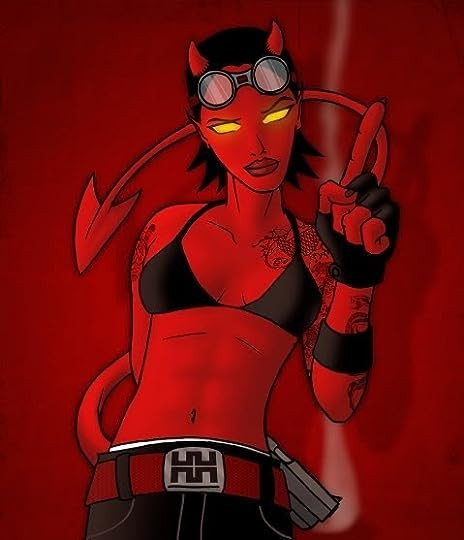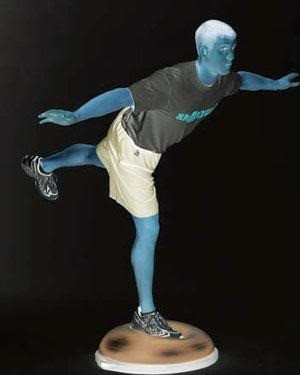George R.R. Martin’s A Dance with Dragons is a behemoth. Following the cliffhanger endings of A Storm of Swords and the separated narratives of A Feast for Crows, fans eagerly awaited the return of beloved point-of-view characters like Tyrion Lannister, Jon Snow, and Daenerys Targaryen. This installment in the A Song of Ice and Fire series doesn’t disappoint in scope or depth, plunging readers back into the intricate world of Westeros and beyond with all its political intrigue, brutal battles, and complex characters. While some initial reactions might have been mixed, a closer look reveals why A Dance with Dragons remains a crucial and captivating part of Martin’s magnum opus.
Returning to Familiar Faces and Far-Flung Lands
One of the greatest strengths of A Dance with Dragons is the reunion with characters who were absent in A Feast for Crows. The anticipation of experiencing the story through the eyes of Tyrion, Jon, and Daenerys again was immense, and Martin delivers compelling narratives for each.
Tyrion’s journey across the Narrow Sea is fraught with peril and introspection. Still reeling from the traumatic events in King’s Landing, he grapples with his past and his identity, all while navigating treacherous new alliances and landscapes. His signature wit and cynicism are present, but tinged with a deeper weariness, making his chapters both entertaining and emotionally resonant.
Jon Snow’s leadership at the Wall is tested like never before. As Lord Commander of the Night’s Watch, he faces threats from both beyond the Wall and within his own ranks. His chapters delve into the immense responsibility he carries, the difficult choices he must make, and the constant struggle to balance duty with compassion. Jon’s storyline in A Dance with Dragons is pivotal, setting the stage for massive conflicts to come.
Daenerys Targaryen’s rule in Meereen becomes increasingly complex and challenging. She grapples with the difficulties of governance, the intricacies of local customs, and the ever-present threat of rebellion. While some might find her Meereenese chapters slower-paced, they are crucial for character development, showcasing her growth as a ruler and her evolving understanding of power and responsibility.
 Daenerys Targaryen in Meereen
Daenerys Targaryen in Meereen
The Transformation of Theon Greyjoy and the Rise of Ramsay Bolton
Beyond the central trio, A Dance with Dragons shines in its exploration of other characters, particularly Theon Greyjoy. His transformation into Reek under the brutal torture of Ramsay Bolton is one of the most harrowing and unforgettable storylines in the entire series. Martin unflinchingly depicts the psychological and physical torment Theon endures, creating a deeply disturbing yet compelling narrative.
Ramsay Bolton emerges as a truly terrifying villain. His sadism and cruelty are chillingly portrayed, making him a character readers love to hate. While his villainy might be seen as somewhat two-dimensional by some, his actions are undeniably impactful, driving significant plot developments and creating a constant sense of dread. The dynamic between Ramsay and the broken Theon/Reek is a dark masterclass in character study.
 Theon Greyjoy's torment as Reek
Theon Greyjoy's torment as Reek
Key Moments and Thematic Depth
A Dance with Dragons is packed with memorable moments. The death of Janos Slynt at the hand of Jon Snow is a satisfyingly brutal scene. Tyrion’s encounter with the Stone Men in the ruins of Chroyane is eerie and beautifully written. Daenerys’ climactic flight on Drogon from the fighting pits of Meereen is an epic set piece that delivers on spectacle and emotion.
Beyond the action, the novel delves into deeper themes. Identity is a recurring motif, explored through characters like Theon/Reek, Barristan Selmy (disguised as Whitebeard), and even Tyrion, who is constantly grappling with how others perceive him. The complexities of leadership and governance are central to both Jon and Daenerys’ storylines, highlighting the challenges of ruling in a world rife with conflict and competing interests. The ever-present shadow of war and its devastating consequences permeates the narrative, reminding readers of the human cost of power struggles.
 Tyrion Lannister, a central POV character in Dance with Dragons
Tyrion Lannister, a central POV character in Dance with Dragons
Acknowledging the Criticisms
No book is without its flaws, and A Dance with Dragons has faced some criticisms. Its length can be daunting, and the sheer number of characters and plotlines can sometimes feel overwhelming. The pacing, particularly in Daenerys’ chapters, is slower compared to earlier books in the series, focusing more on political maneuvering and less on immediate action. Some readers have also pointed out instances of repetition in Martin’s prose.
However, these criticisms are often outweighed by the novel’s strengths. The sprawling narrative and meticulous detail are hallmarks of Martin’s writing, contributing to the immersive world-building that fans adore. The slower pace allows for deeper character exploration and a more nuanced understanding of the political landscape.
A Satisfying and Crucial Chapter
Despite its length and complexities, A Dance with Dragons is a deeply rewarding read and a vital installment in the A Song of Ice and Fire series. It delivers on the anticipation of returning to beloved characters, introduces new compelling storylines, and deepens the thematic richness of Martin’s world. From the chilling transformation of Theon to Daenerys’ fiery escape on Drogon, A Dance with Dragons is filled with moments that will stay with readers long after they turn the final page. It’s a testament to George R.R. Martin’s skill as a storyteller and his ability to craft a fantasy world that is both epic in scope and deeply human in its characters and conflicts. For fans of the series, A Dance with Dragons is not just a book to read, but an experience to be savored and dissected, further cementing its place as a cornerstone of modern fantasy literature.
